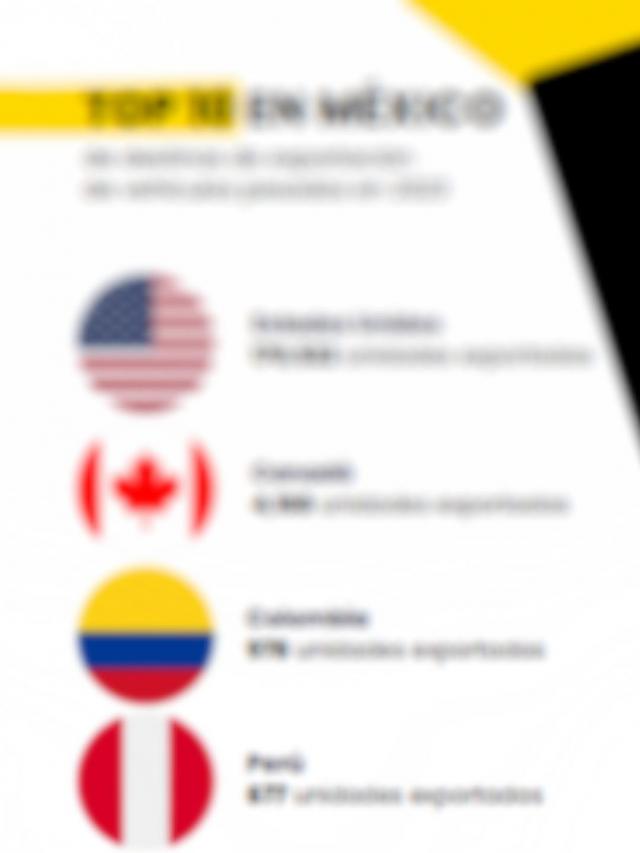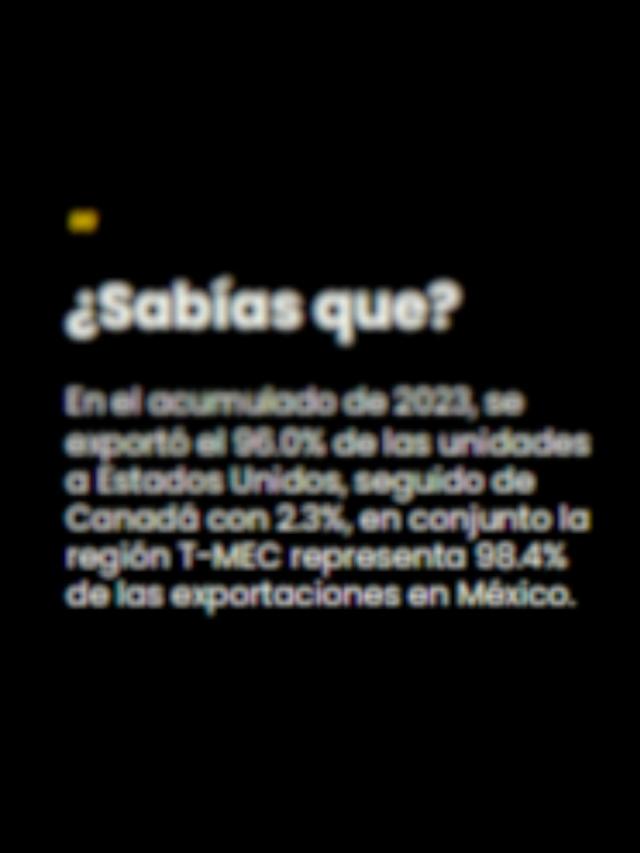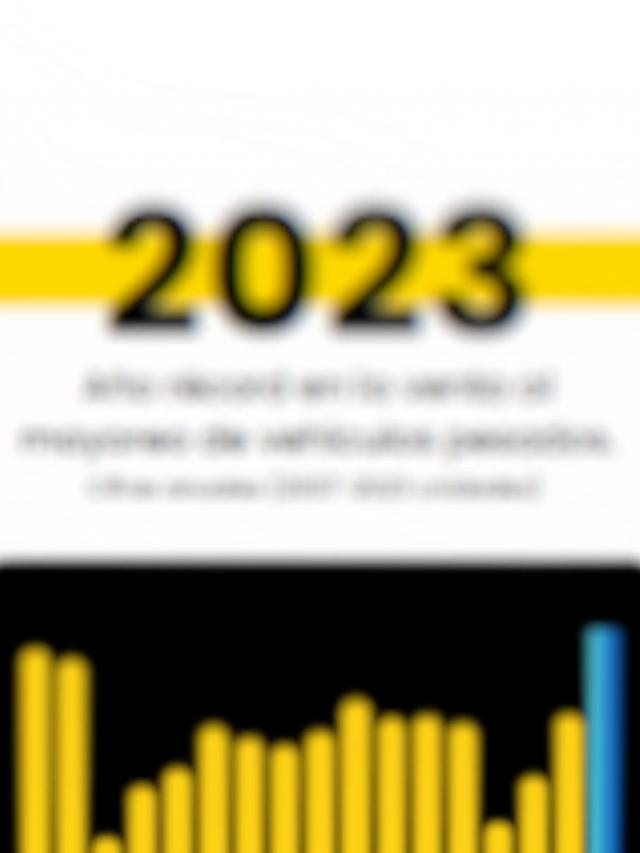
There are procedures that weigh more than a gearbox; in trucking, when the paperwork stops, so do the engines.
Today, more than seven thousand units in Mexico are waiting for something as basic as a metal plate to be able to circulate, while bureaucracy is “rusting” the process day by day, according to Eucario Reyes , president of the National Association of Representation in Auto Transport (ANRA) , an organization made up of specialized managers who support companies in the sector in their administrative processes.
The scene isn’t new, but this time the silence weighs more heavily. “There’s no way around it ,” Reyes lamented, referring to the current status of the proceedings before the Federal Directorate General of Motor Transport (DGAF) .
Although, according to Reyes , the tender for the manufacture of plates was published a week ago , the process could extend until September.
“We’re talking about July, August, maybe even September,” he warned.
However, T21 tried to obtain evidence of the tender, but no corresponding document was found on public platforms such as Compras MX .
The origin of the problem, Reyes explained, lies in the budget that has not been released by the Secretariat of Infrastructure, Communications and Transportation (SICT) , particularly under the responsibility of Gerardo Calzada Sibilla , head of the Administration and Finance Unit.
The cost of not moving
According to Reyes, the number of pending license plate procedures exceeds 7,800 , more than double the usual average. This means that at least 180 services related to this process are put on hold every day.
The impact not only translates into economic losses, estimated by Reyes at more than 1.2 billion pesos (mdp) per month, but also into a feeling of helplessness that permeates the entire industry.
“The transport workers told me we should organize a mega-march,” Reyes shared, but his response was firm: “I gain nothing by further paralyzing the country.”
Far from remaining in protest, ANRA proposed a concrete alternative: that transporters continue paying for their own paperwork and, separately, deposit the cost of the license plates directly to the suppliers authorized by the SICT . This solution, according to Reyes, would be simple and practical to avoid the bottleneck.
“But they told us that would be corruption. That’s what the SICT’s Legal Affairs Unit called it,” he explained.
A circular confirming the blockage
What began as a verbal complaint by the transport sector found support in official documents from the public administration .
An internal circular dated February 10, 2025, signed by Gerardo Calzada Sibilla, details the guidelines to be followed when modifying current administrative contracts.
The document indicates that any adjustment, such as the purchase or renewal of metal plates, must be requested at least 10 calendar days in advance and must be accompanied by documents with technical, budgetary, and regulatory justification, in addition to the endorsement of the responsible unit.
From an institutional perspective, these provisions seek to ensure the orderly and transparent use of public spending; however, in practice, and according to some carriers consulted by T21, they can also slow down urgent decisions , especially in contexts of operational crises such as the one the sector is currently experiencing.
The severity of the backlog has also reached new units that have not even left the agency, according to representatives of the National Union of Federal Public Service Operators , who pointed out through their social networks (on June 9) that “there are vehicles that have been detained for more than a month and a half because they cannot be registered,” despite the fact that the process normally “takes five days,” they said.
The publication highlighted that the problem lies not in the lack of physical license plates , but in the alleged refusal of the Director General of Federal Transportation, Irma Dorantes Villamil, to sign the necessary document to upload them to the system.
However, at the close of business on June 12, this same union also reported on social media that a dialogue table had been opened with the SICT to address the issue.
Eternal procedures for a license plate
In addition to budgetary constraints , the very design of the DGAF’s processing system complicates solutions.
According to the official document List of Procedures and Services in the National Catalog of Procedures without e.signature (updated as of October 5, 2023) , managed by the Undersecretariat of Communications and Transportation, the process for the exchange or replacement of metal plates involves complying with up to 18 requirements , from theft or loss reports, pollutant emission certificates, current physical-mechanical reports, and a power of attorney in the case of legal representation, so the process is far from agile.
“It seems like everything is designed to tire you out and give up,” Reyes warned, after recounting how, even as a legal representative, he was blocked from completing a basic procedure. This level of demand, still in effect in 2025, contradicts efforts to streamline formalities in the trucking industry , especially at a time when the main bottleneck isn’t documentation, but rather the supply and management of public resources.
According to SICT, the federal freight vehicle fleet continues to grow ; in 2024 , 723,462 motor units were incorporated , which represents an 8% increase compared to the previous year.
Added to this are 711,776 trailer units , bringing the total federal freight transport to more than 1.43 million units. Three-axle tractor-trailers alone , essential for transporting goods on the highway, account for 473,824 registrations, almost a third of the total.
However, this growth is not accompanied by an efficient administrative response, as industry representatives have pointed out . For them, the “reality” reveals a critical disconnect between the dynamism of transportation and the State’s ability to support it with timely procedures.

The license plate crisis is just a symptom
The phrase Eucario Reyes uses to describe this moment is “economic hardship .” And he’s not just talking about one ministry; he points to a national context where resources are compromised and priorities are scattered.
The picture is summed up in a paradox: the vehicles are ready, the operators are ready, but the State is not. And while solutions are discussed in meetings with no date or clear answer, cargo remains stuck , not in a port, not due to lack of demand, but because of a license plate that hasn’t arrived . A promise that is rusting.
Comment and follow us on X: @karinaquintero / @GrupoT21















